
 23
23




 ) helped a bit as did replacing the old tile roof with "tile effect" insulated sandwich sheets. Yeah, not all that permie but those things are sooo easy to put up.
) helped a bit as did replacing the old tile roof with "tile effect" insulated sandwich sheets. Yeah, not all that permie but those things are sooo easy to put up.
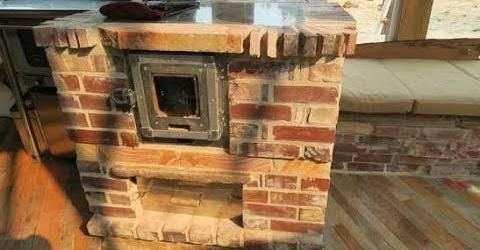
Austin Shackles : email anshackles"at"gmail.com.

 12
12




For all your Montana Masonry Heater parts (also known as) Rocket Mass heater parts.
Visit me at
dragontechrmh.com Once you go brick you will never go back!
 18
18




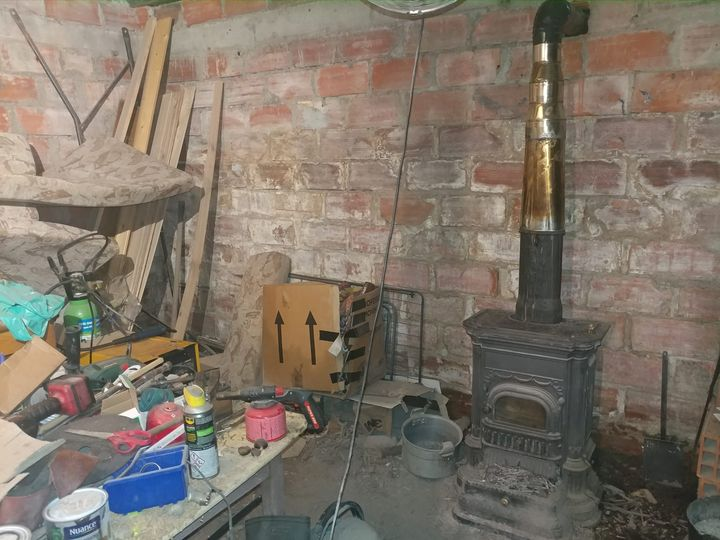
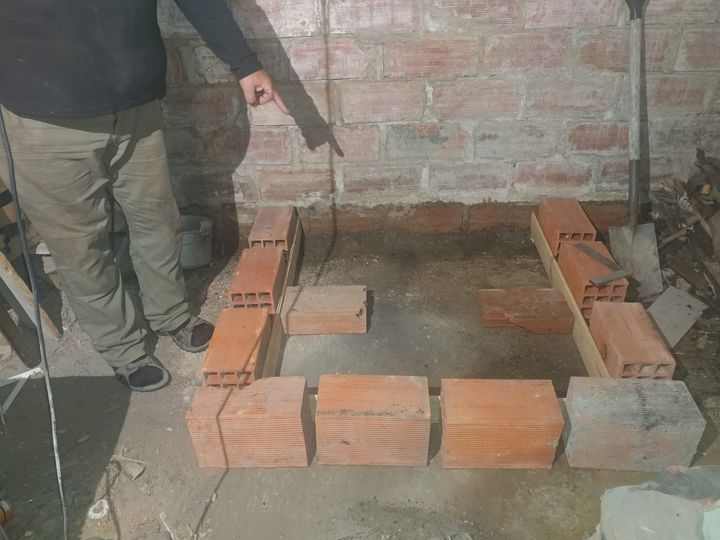
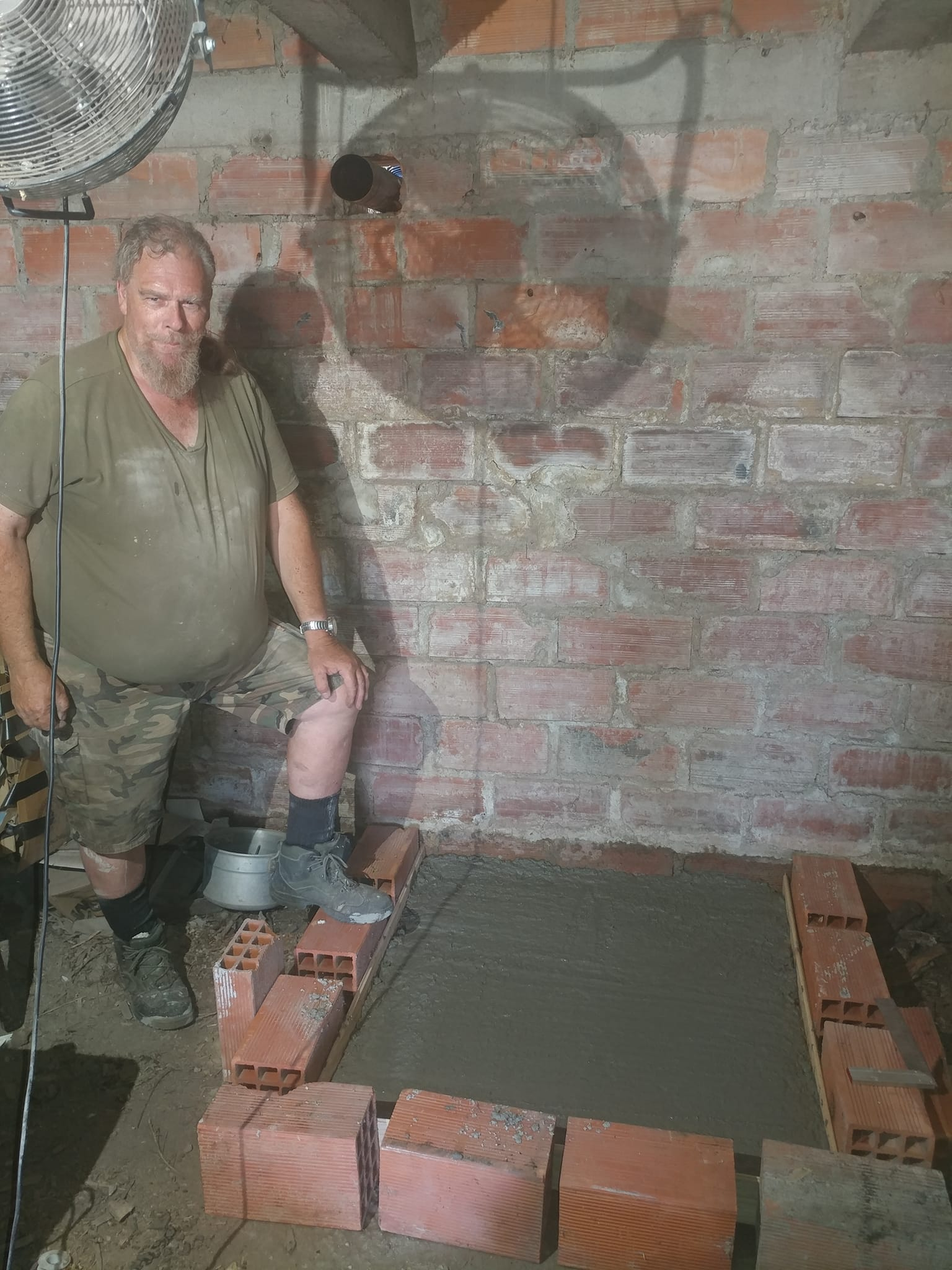
Austin Shackles : email anshackles"at"gmail.com.
 5
5





Austin Shackles : email anshackles"at"gmail.com.
 13
13




How permies.com works
What is a Mother Tree ?




 10
10




For all your Montana Masonry Heater parts (also known as) Rocket Mass heater parts.
Visit me at
dragontechrmh.com Once you go brick you will never go back!
 5
5




Austin Shackles wrote:
Question for Matt if he's looking: how critical are the sizes of the spaces around the core? I assume the hot gases come out of the core, under the top hotplate and then down the side. I'm still not 100% clear on how the bench connects. The lower layers look to have 2 openings for bench connection both at the same height? I need to watch a build video
Silence is Golden
For all your RMH needs:
dragontechrmh.com
 5
5





Austin Shackles : email anshackles"at"gmail.com.
 5
5




Austin Shackles : email anshackles"at"gmail.com.
 6
6




 7
7




Austin Shackles : email anshackles"at"gmail.com.
 3
3




Austin Shackles wrote:The plans for the stove come from Walker Stoves but do note the information on the home page about ordering from outside the US, which is apparently not working. Also I hear that Matt has recently moved house so maybe it will take a while for him to get in touch. Note that our build is the "tiny" cookstove, there's also a larger one if you want.
 9
9




Rudyard Blake wrote:! So the basic design requires metal parts from the US unless you can fabricate them yourselves?
How permies.com works
What is a Mother Tree ?
 6
6




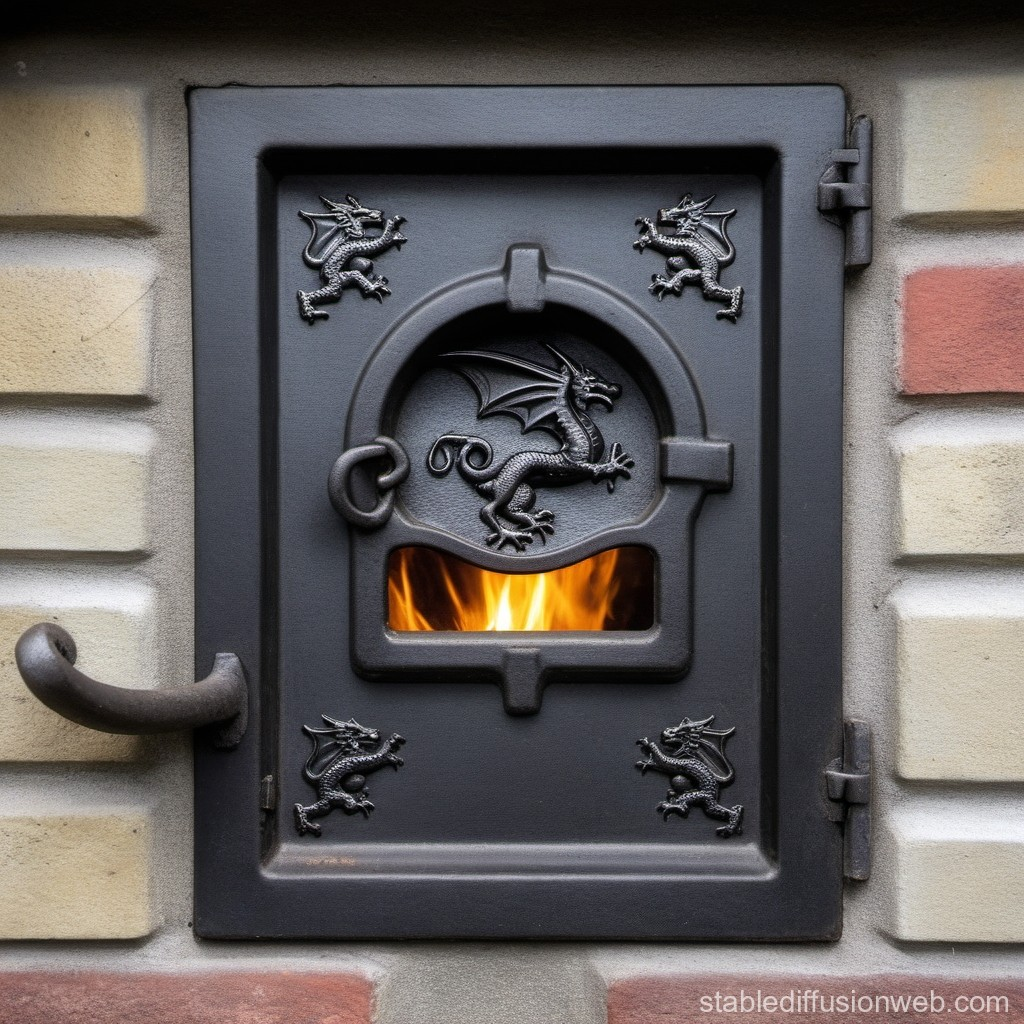

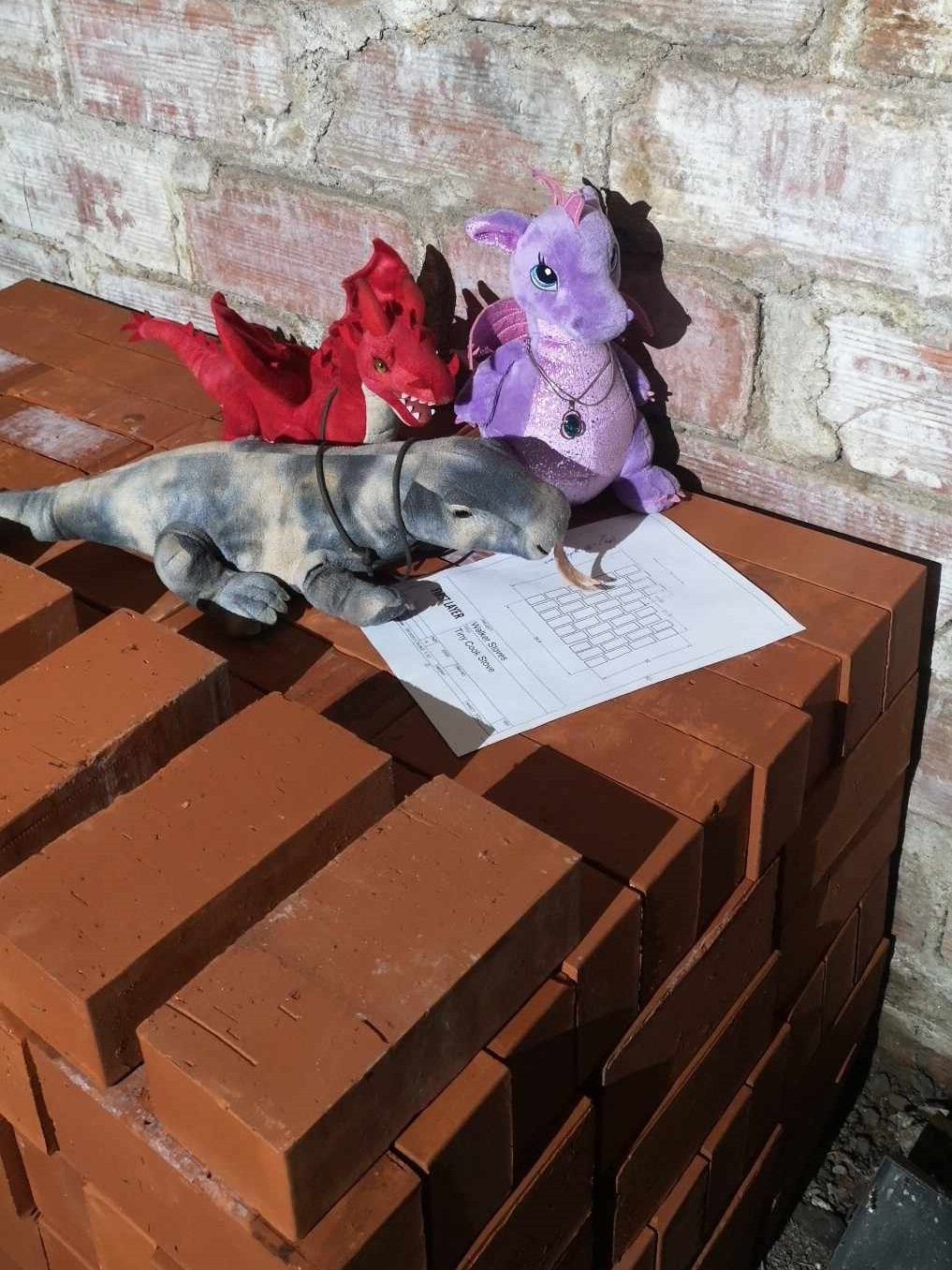
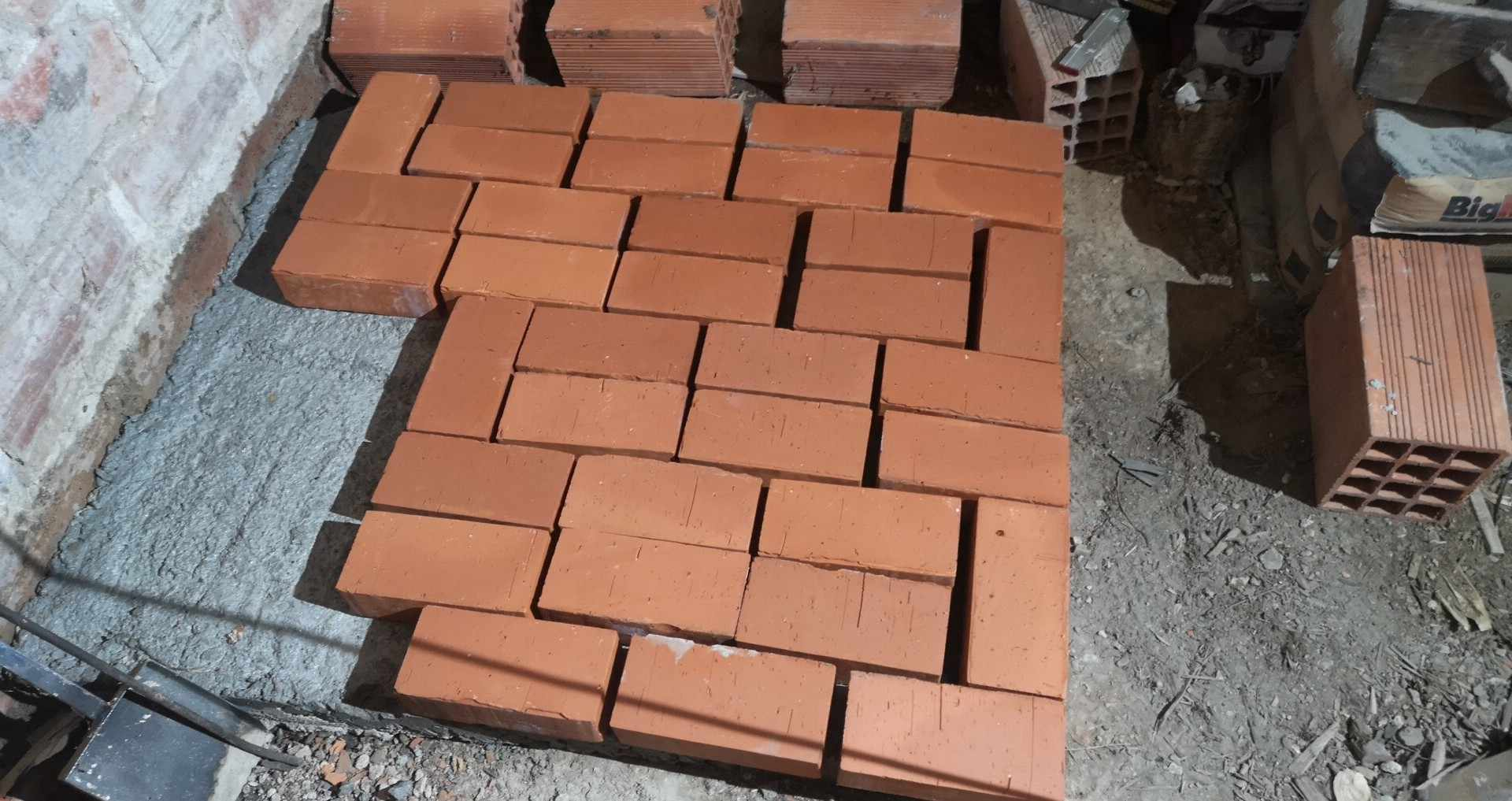
How permies.com works
What is a Mother Tree ?
 4
4




Austin Shackles : email anshackles"at"gmail.com.




 8
8




For all your Montana Masonry Heater parts (also known as) Rocket Mass heater parts.
Visit me at
dragontechrmh.com Once you go brick you will never go back!
 7
7




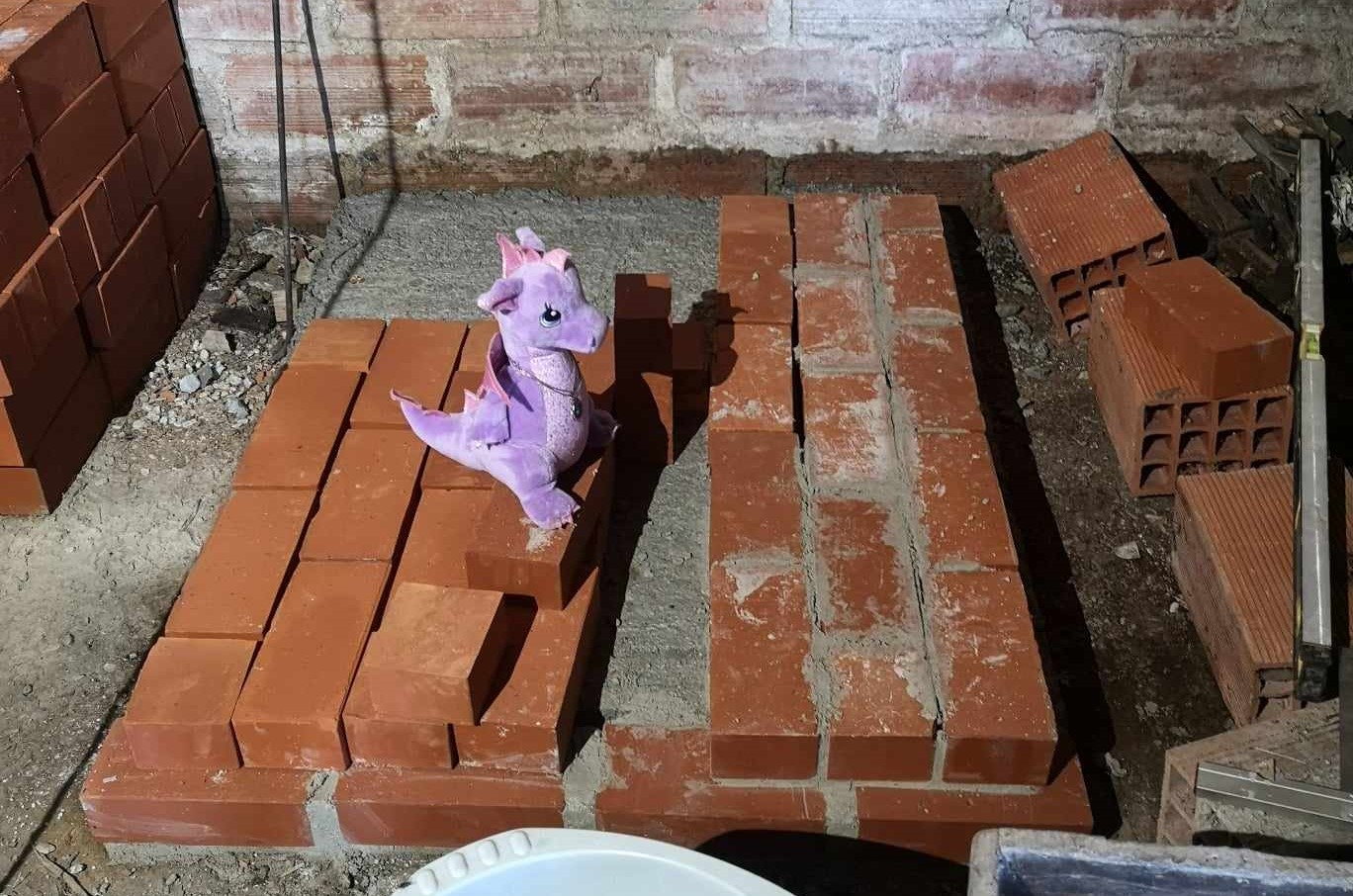
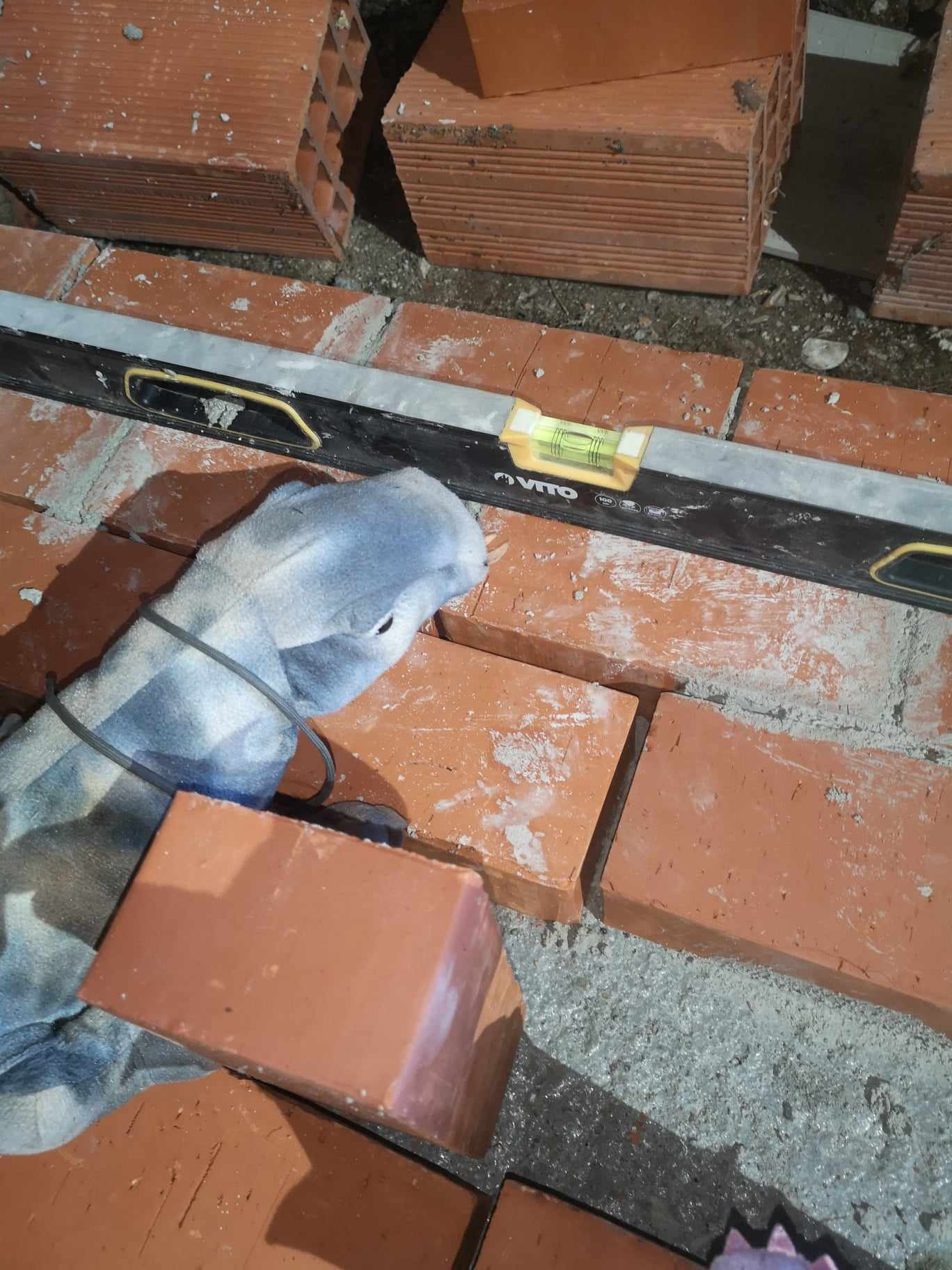
Austin Shackles : email anshackles"at"gmail.com.




 8
8




For all your Montana Masonry Heater parts (also known as) Rocket Mass heater parts.
Visit me at
dragontechrmh.com Once you go brick you will never go back!
 3
3




thomas rubino wrote:
Regular ceramic insulating blanket is similar to fiberglass in that you want long sleeves and a dust mask while handling it.
How permies.com works
What is a Mother Tree ?




 7
7




For all your Montana Masonry Heater parts (also known as) Rocket Mass heater parts.
Visit me at
dragontechrmh.com Once you go brick you will never go back!
 5
5




thomas rubino wrote:Your core is the most important thing to insulate, so look closely at my photos in the BBQ thread.
You should be able to estimate what it will take.
Is this 1" thick (25 mm) and do they offer different densities?
1/2" thick is not enough and you would want to double it up.
Next Austin mentioned using a steel plate on top of your Walker cookstove.
Sorry to say but it will warp, an old cast iron wood cook stovetop would be a much better low-budget choice if you cannot find a modern glass-top stove to salvage.
How permies.com works
What is a Mother Tree ?
 7
7




Austin Shackles : email anshackles"at"gmail.com.




 8
8




For all your Montana Masonry Heater parts (also known as) Rocket Mass heater parts.
Visit me at
dragontechrmh.com Once you go brick you will never go back!
 9
9




 6
6




 12
12




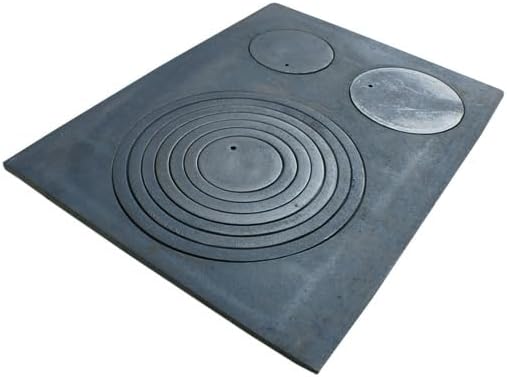
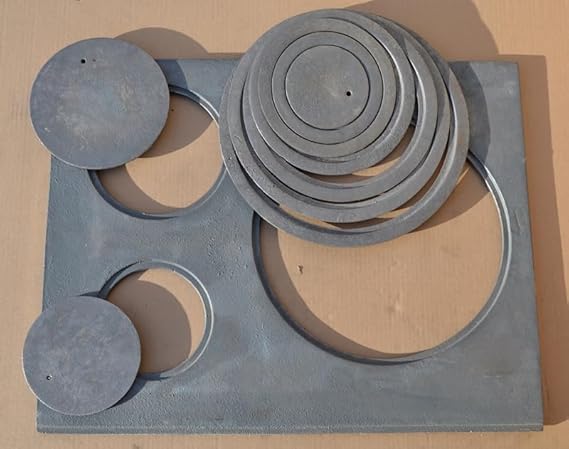
How permies.com works
What is a Mother Tree ?




 7
7




For all your Montana Masonry Heater parts (also known as) Rocket Mass heater parts.
Visit me at
dragontechrmh.com Once you go brick you will never go back!
 8
8




 6
6





Austin Shackles : email anshackles"at"gmail.com.
 8
8




Just for anyone who doesn't know how these are supposed to work:Burra Maluca wrote:
And look what showed up - SEZAM cast iron stove plate with 3 holes, 68 x 52 cm
Visit Redhawk's soil series: https://permies.com/wiki/redhawk-soil
How permies.com works: https://permies.com/wiki/34193/permies-works-links-threads
 9
9




Jay Angler wrote:This would work awesome for plane steel or cast iron woks as the pot would sit down into the size hole you chose.
However, I agree that these aren't going to seal as perfectly as "no holes". So long as people are aware of that and monitor their CO (Carbon Monoxide) levels, this type of stove top has been used for a very long time (a version made of cob, for centuries in Japan) and so I doubt it was actively killing too many people.
I recall seeing a special tool that fits the little hole visible in the pictures, allowing you to safely remove circles when they're already hot.
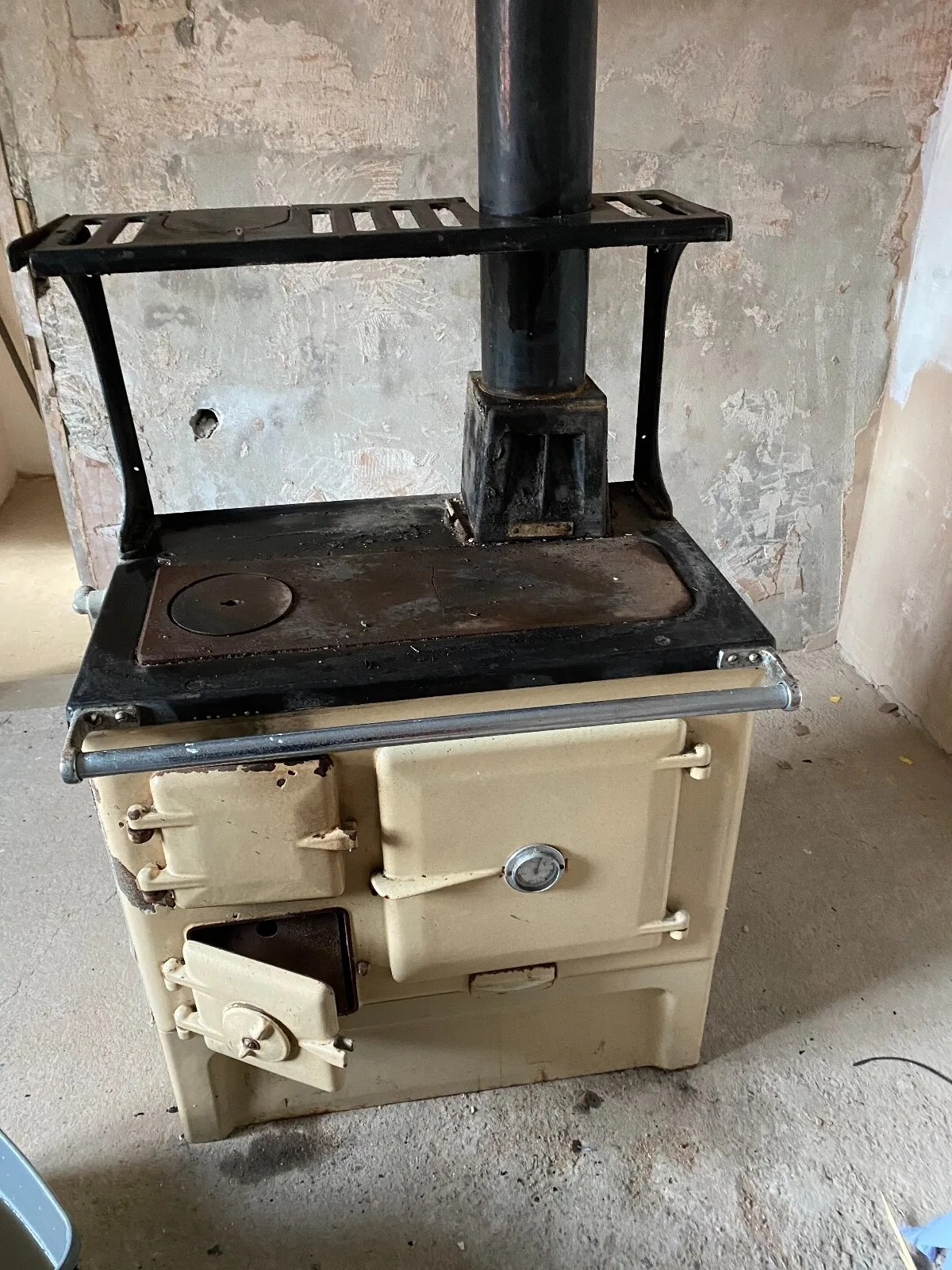
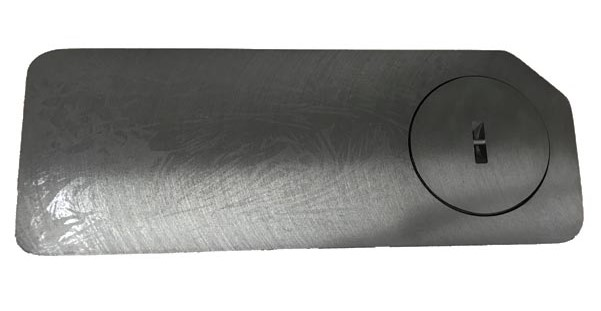
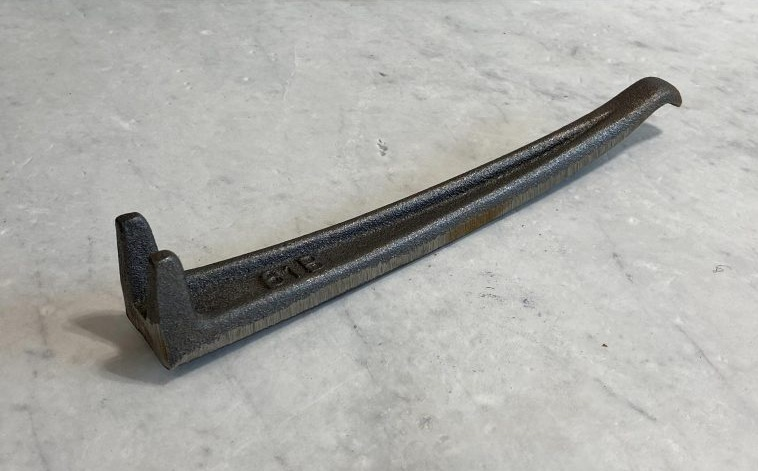
How permies.com works
What is a Mother Tree ?
 7
7




Jay Angler wrote:
Just for anyone who doesn't know how these are supposed to work:Burra Maluca wrote:
And look what showed up - SEZAM cast iron stove plate with 3 holes, 68 x 52 cm
For some purposes, the closer the pot is to the flame, the faster things will heat up. The different sized rings are so you can choose a size that most perfectly fits your pot. This would work awesome for plane steel or cast iron woks as the pot would sit down into the size hole you chose.
Wheaton Labs has a special name which I've forgotten, for a pot that fits part way down below the surface of the stove - they built one. You get heating on the sides as well as the bottom, so cooking happens faster.
However, I agree that these aren't going to seal as perfectly as "no holes". So long as people are aware of that and monitor their CO (Carbon Monoxide) levels, this type of stove top has been used for a very long time (a version made of cob, for centuries in Japan) and so I doubt it was actively killing too many people.
I recall seeing a special tool that fits the little hole visible in the pictures, allowing you to safely remove circles when they're already hot.
That's an awesome find Burra and Austen - the stove looks awesome!








 6
6




Jay Angler wrote:Wheaton Labs has a special name which I've forgotten, for a pot that fits part way down below the surface of the stove - they built one. You get heating on the sides as well as the bottom, so cooking happens faster.
'What we do now echoes in eternity.' Marcus Aurelius
How Permies Works Dr. Redhawk's Epic Soil Series
 6
6




Yes! I was pretty sure it started with an "L", but was too unsure to try to search for it. Thanks Joylynn!Joylynn Hardesty wrote:
Jay Angler wrote:Wheaton Labs has a special name which I've forgotten, for a pot that fits part way down below the surface of the stove - they built one. You get heating on the sides as well as the bottom, so cooking happens faster.
Was it the Lorena, here?
Visit Redhawk's soil series: https://permies.com/wiki/redhawk-soil
How permies.com works: https://permies.com/wiki/34193/permies-works-links-threads
 9
9




Austin Shackles : email anshackles"at"gmail.com.
 5
5




Silence is Golden
For all your RMH needs:
dragontechrmh.com








 6
6




'What we do now echoes in eternity.' Marcus Aurelius
How Permies Works Dr. Redhawk's Epic Soil Series
 9
9





Austin Shackles : email anshackles"at"gmail.com.
 9
9




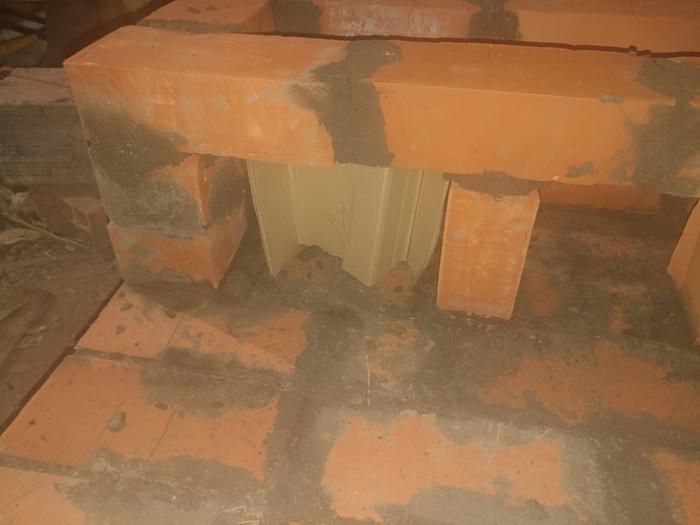
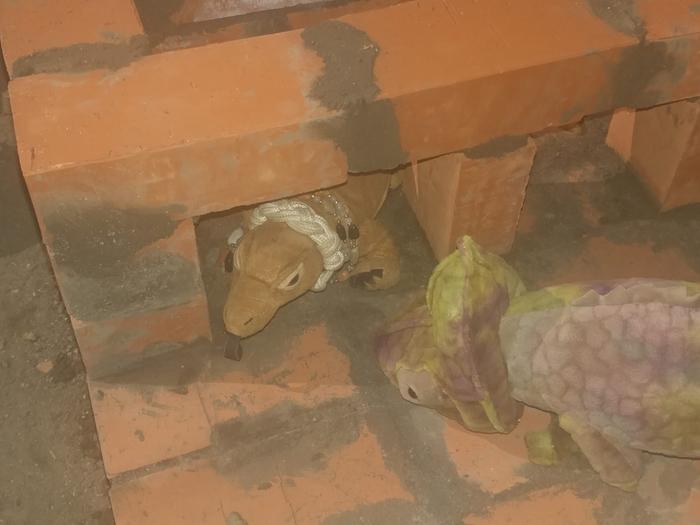
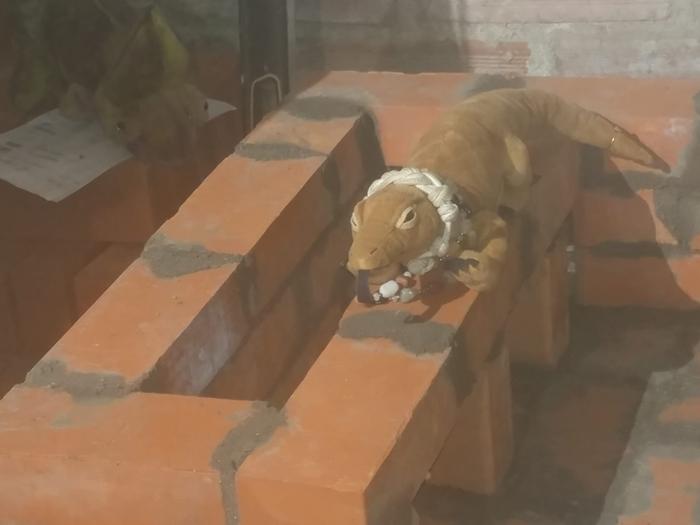
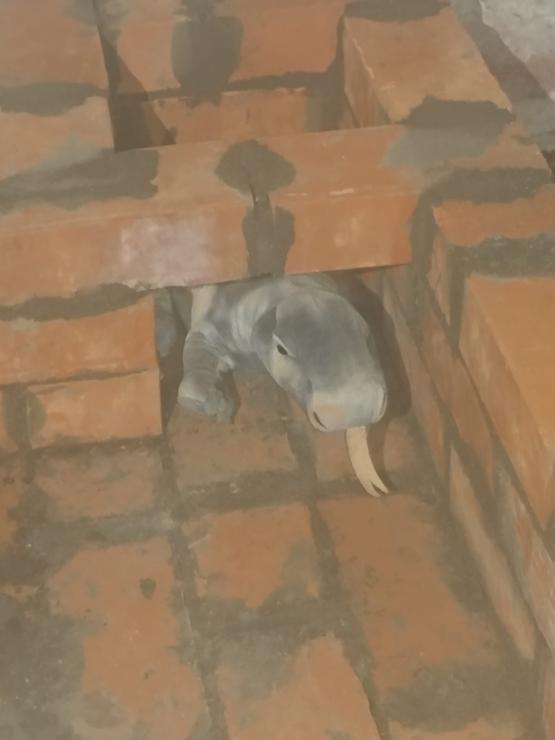
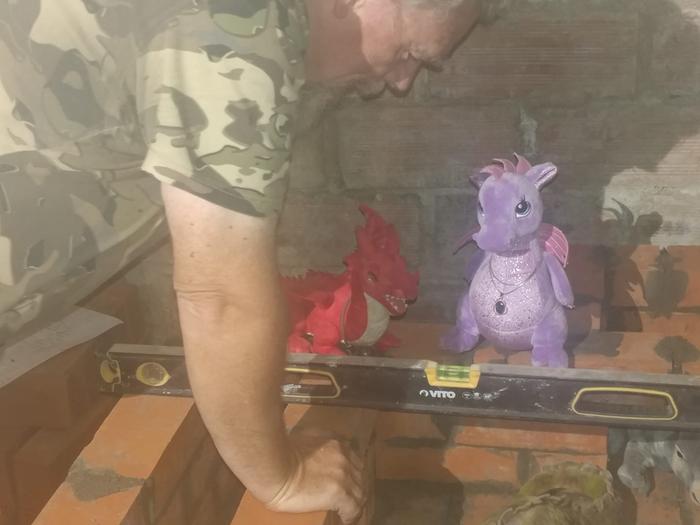
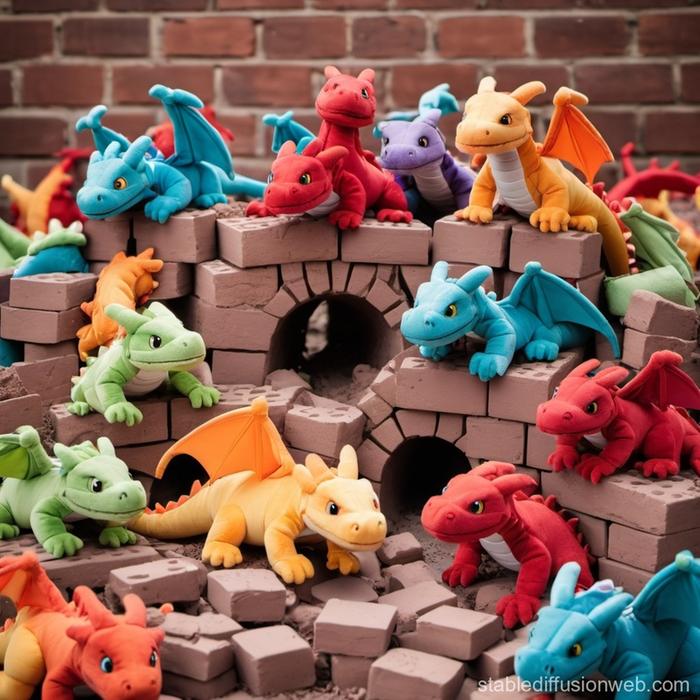
How permies.com works
What is a Mother Tree ?









